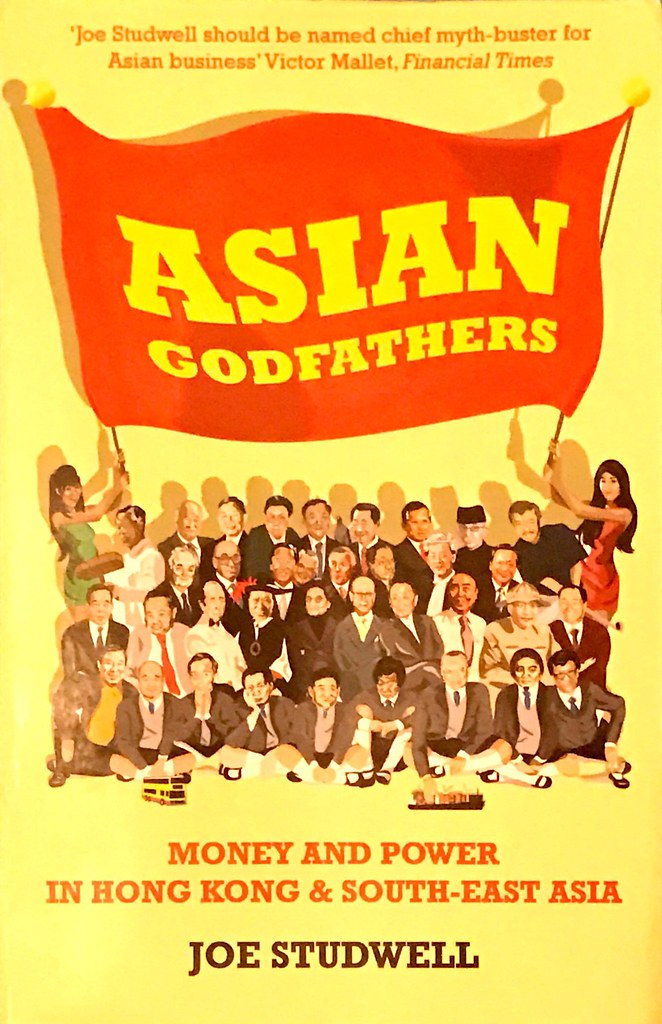Rotterdam
Unilever Sets Up U.K.-Netherlands Clash in Search for New Home – Bloomberg – It is unsurprising expect Shell to look at similar moves, given its dual listing in London and The Hague. Rotterdam makes more sense as from a real estate point of view the London headquarters at 1 Victoria Embankment is too cramped, the Rotterdam headquarters . From the economics Rotterdam also makes more sense due to Brexit. The only thing that can stop the move is London based institutional investors
Unilever to restructure and slash ad spend | Marketing Interactive – I suspect that this is misreading the picture. Unilever had been rolling out ZBB when I was there and were looking at the spreads business for even longer. I see this more in terms of the lens of the London – Rotterdam discussion
Design
Apple tumbles down laptop brand survey after tepid reaction to new MacBooks | BGR – Stop this size zero design bullshit and gimmickry
Ethics
The Dark Secret at the Heart of AI – MIT Technology Review – which challenges regulation
Hong Kong
“Ghost in the Shell” is a poem to Hong Kong as it faces the 20th anniversary of its handover to China – the original Ghost in the Shell animators drove around Hong Kong to get a feel of mixing old with new
Legal
【蘋果踢爆】眾籌走數咖啡機兄弟再爆醜聞 今次係智能多士爐! | 2017-04-01 | | 蘋果日報 – Hong Kong’s Apple Daily on serial Kickstarter scammers
Report: China to Overtake U.S. as Digital Market Leader for Luxury Watch Brands | Jing Daily – surprised that it hadn’t already
Luxury
Daring Fireball: The Swiss Watch Industry Should Double Down on Mechanical Watches – there is a certain arrogance that Silicon Valley knows everything, but I also believe smart watches are a fad, a companion device not a watch replacement
Marketing
Why that Pepsi ad isn’t as bad as you think it is – Mumbrella – if you don’t get it, you’re not the target audience
Media
Google and Facebook will take 70 per cent of all money spent on digital advertising by 2020 | The Sun – why is News Corp providing a compelling narrative to short their own stock in such an orchestrated way
Bots are the newest form of new media — Quartz – interesting take. I see them as continuation of ‘Dungeons & Dragons’ type text adventures
YouTube won’t show ads on channels with fewer than 10K views | siliconangle – huge for B2B own brand channels who will be free of ‘competitive spamming’
SXSW Video: Nick Denton Is Getting Into Messaging | Special: SXSW – AdAge
How China keeps gay people off TV | Dazed Digital – interesting insights into Chinese media law that content providers need to consider
Too much diversity? Disney’s Marvel (DIS) says that comics readers have had enough of relaunched titles like Ms. Marvel, Ironheart, and Spider-Man — Quartz – #comicgate just waiting to happen
WeChat Expands in Europe in Bid for Global Advertisers, Payments – Bloomberg – mostly about the Chinese diaspora
Security
Samsung’s Android Replacement Is a Hacker’s Dream – Motherboard – But most of the vulnerabilities he found were actually in new code written specifically for Tizen within the last two years. Many of them are the kind of mistakes programmers were making twenty years ago, indicating that Samsung lacks basic code development and review practices to prevent and catch such flaws. – interesting that the faults aren’t in the Nokia and Intel originated code that Tizen builds on top of. This hits after the Note 7 debacle
Software
Jolla adds support for Sailfish OS on Sony Mobile’s XperiaTM devices – interesting that this didn’t cut through during GSMA
Apple’s New File System: Who Cares? | Monday Note – I do this is huge news
Web of no web
Not on my watch: Huawei CEO sees no future for wearable smart devices | SCMP – pretty much the same argument that people made against (low and mid market) watches used against smart watches. Wise words
Wireless
Samsung Smartphone Shipments Tops Chart in Q1 due to Flooding the Market with Massive Low-End Model Shipments – Patently Apple – the growth is in low end devices
Apple Held Back Most Advanced Wireless Tech, Says Qualcomm – Tech Trader Daily – Apple has more influence in many countries than Qualcomm? I’m calling bullshit on that statement at least. Qualcomm meddles in lots of regulatory things including mobile carrier consolidation in markets around the world, they have a strong regulatory team
Huawei mystery memo (and phone strategy) confirmed • The Register – not terribly surprised by this, guessing turning back on brand advertising and carrier subsidies with a focus on the SIM only market? The ad and marketing spend was very uncharacteristic of the brand. The problem is that the spend is needed in a mature consumer market category. More related content here.
